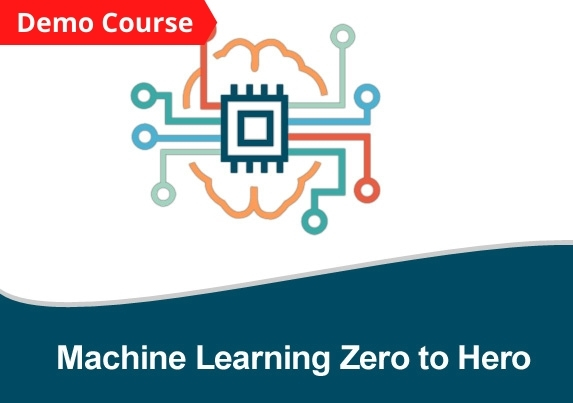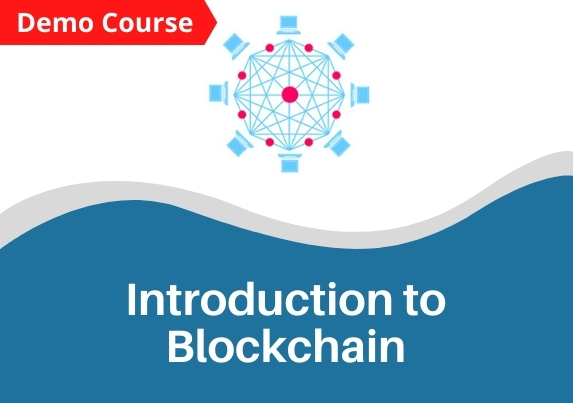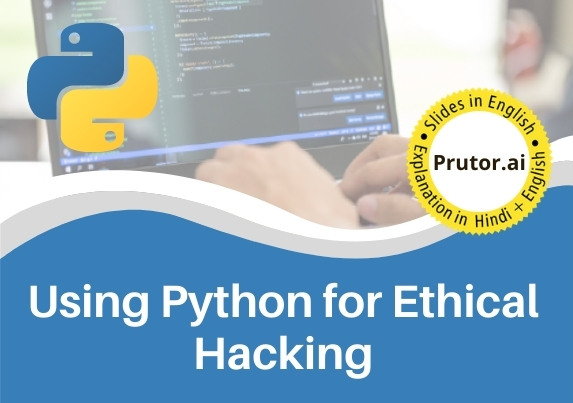About the course
Professor Amey Karkare, a faculty of the Department of Computer Science and Engineering, at the Indian Institute of Technology, Kanpur has designed this course from the bottom up, assuming that you do not have any prior programming knowledge and experience. In this course, you will be able to learn to write programs in Python using loops, conditional statements, etc. You will also understand the other building blocks of programs such as functions or methods. In addition to this, you will learn about exceptions, classes, file handling and operations, and many other important topics related to Python programming. Also, you will be able to learn some advanced programming concepts which are object-oriented programming concepts including inheritance. The other topics include an introduction to iterators, recursion, the concept of searching, sorting, and the Tower of Hanoi.
What will you get
- 600+ Coding Problems
- Double lectures
- Comprehensive syllabus of Python
- Certificate from E & ICT Academy, IIT Kanpur
Learning Outcomes
After completing this course, you will be able to:
- Understand the structure, syntax, and semantics of the Python language.
- Understand how object-oriented programming concepts work in Python.
- Develop your own Desktop/Web-based applications using the Python programming language.
- Boost your hireability through innovative and independent learning.
- Get a certificate on successful completion of the course.
Target Audience
The course can be taken by:
Students: All students who are pursuing professional graduate/post-graduate courses related to computer science / Information Technology.
Teachers/Faculties: All computer science teachers/faculties who wish to acquire new skills.
Professionals: All working professionals, who wish to enhance their skills.
Why learn Python?
As per the market research, Python is the most useful programming language and has a very big area of application. Spectrum by IEEE ranks Python as number one in the list of Top 10 Programming Languages for 2017. In fact, this year it jumped to the top. It is used in developing Desktop GUIs and Web-based applications. It is also used for scientific and numeric computing. It is also one of the best programming languages for teaching the purpose, both beginner level, and advanced level. Python is often used as a support language for software developers, to build control and management, testing, and in many other ways. Python is also used to build ERP and e-commerce systems.
Course Features
- 24X7 Access: You can view lectures as per your own convenience.
- Online lectures: ~30 hours of online lectures with high-quality videos.
- Hands-on practice: Includes source code files for hands-on practice.
- Updated Quality content: Content is the latest and gets updated regularly to meet the current industry demands.
Test & Evaluation
Each lecture will have a quiz containing a set of multiple-choice questions. Apart from that, there will be a final test based on multiple-choice questions.
Your evaluation will include the overall scores achieved in each lecture quiz and the final test.
Certification
Certification requires you to complete all the lectures, quizzes, and the final test.
| Syllabus | ||
|---|---|---|
| 1. Introduction | 2. The Programming Cycle for Python | 3. Getting started
This is only a demo course. The full course can be bought here |
| 4. Variables and simple data types | 5. Elements of Python | 6. Type Conversion |
| 7. Expressions | 8. Assignment Statement | 9. Arithmetic Operators |
| 10. Operator Precedence | 11. Boolean Expression | 12. Introducing lists |
| 13. Working with lists | 14. For Loop | 15. Nested Loops |
| 16. Tuples | 17. Unpacking Sequences | 18. Lists |
| 19. Mutable Sequences | 20. List Comprehension | 21. Sets |
| 22. If statements | 23. Conditionals | 24. Conditionals (Continued) |
| 25. Expression Evaluation | 26. Float Representation | 27. Dictionaries |
| 28. User input and loops | 29. Break and Continue | 30. Function |
| 31. Parts of A Function | 32. Execution of A Function | 33. Keyword and Default Arguments |
| 34. Scope Rules | 35. Strings | 36. Indexing and Slicing of Strings |
| 37. More Slicing | 38. Higher-Order Functions | 39. Sieve of Eratosthenes |
| 40. Abstract Data Types | 41. Classes | 42. Modules |
| 43. Importing Modules | 44. Classes | 45. Special Methods |
| 46. Class Example | 47. Inheritance | 48. Inheritance and OOPS |
| 49. Files and Exceptions | 50. File I/O | 51. Exceptions |
| 52. Testing your code | 53. Assertions | 54. Iterators |
| 55. Recursion | 56. Simple Search | 57. Estimating Search Time |
| 58. Binary Search | 59. Estimating Binary Search Time | 60. Recursive Fibonacci |
| 61. Tower Of Hanoi | 62. Sorting | 63. Selection Sort |
| 64. Merge List | 65. Merge Sort | 66. Higher-Order Sort |













